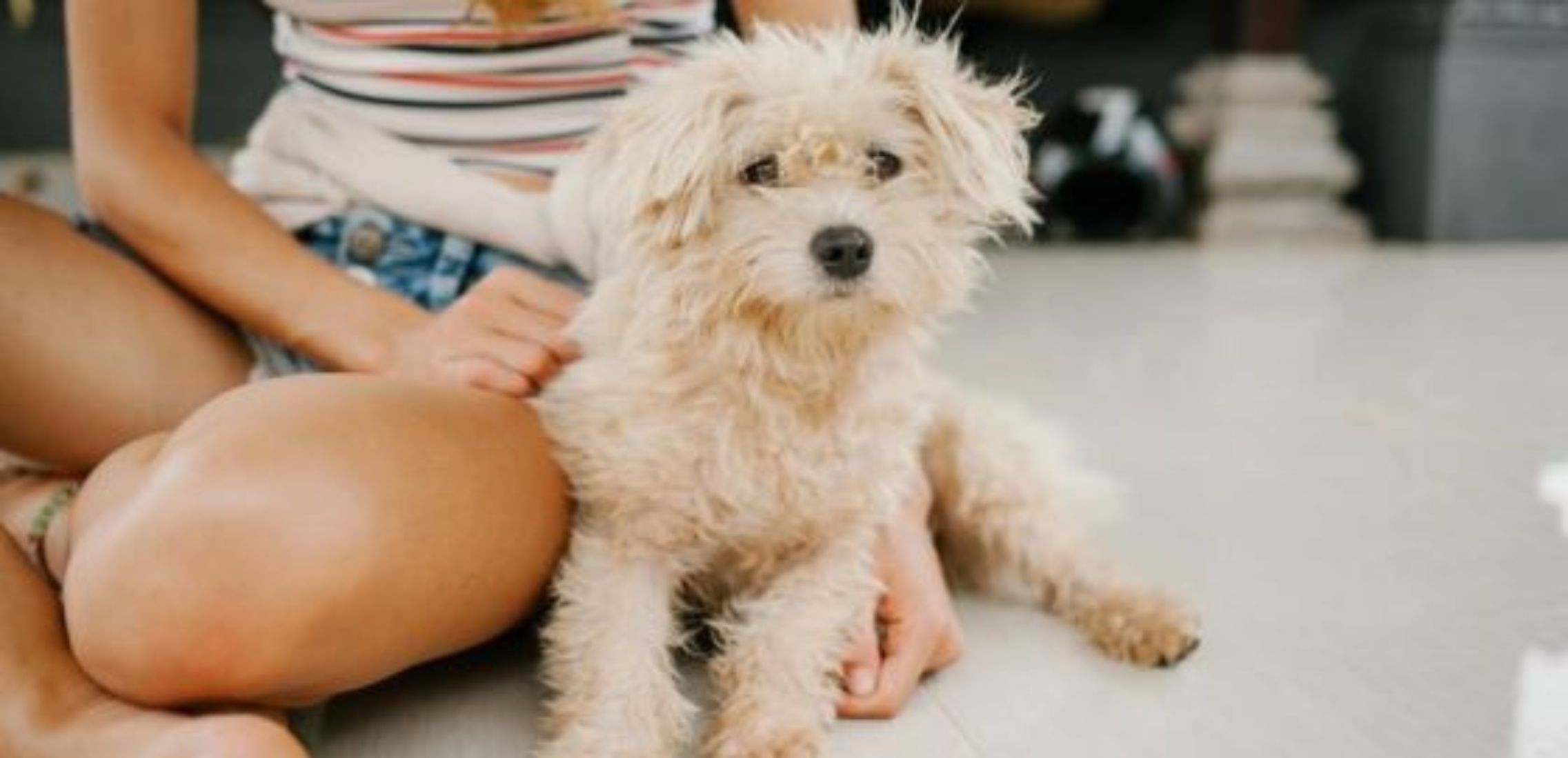Your Cart is Empty
Get Up To 35% OFF & Free Delivery
Get Up To 35% OFF & Free Delivery
Get Up To 35% OFF & Free Delivery

Top tips for what to expect when adopting a dog and how to give them the best new life possible.
Adopting a dog is an incredible thing to do. Rescuing a pup and giving them a chance at a new life is such a rewarding experience. But there’s a lot to think about: the application process, specific rescue dog training and how to care for a rescue dog that might be initially nervous or scared.
In this guide, we’ll cover what you should know before applying to a shelter, how to prepare for the dog adoption interview process and how to help your rescue dog adjust to their wonderful new home.
According to the ASPCA 6.5 million companion animals enter U.S. animal shelters nationwide every year. A lot of people might believe that these shelter dogs end up in this position due to their own doing, that they are highly problematic or have been too traumatized to recover.
While some may face challenges in their recovery, many of these doggos are simply there by bad luck. Whether it’s the ‘oops’ litters, divorce, moving house, changing jobs, or allergies - simple complications that mean their original home is no longer an option for them. There are plenty of happy puppies and friendly adults that are active, sociable and excited to start a new life.
Whilst seeing dogs in need of new homes can be an emotional experience, try and choose with your head rather than your heart. Being able to commit to a dog that fits your lifestyle, giving them a secure home for life, is much kinder than choosing on impulse or because you feel sorry for a certain pooch.
Every breed and individual dog has its own set of common personality and health traits that need to be taken into account. Take into account energy levels, potential medical costs, your living situation and whether or not you have children.
The staff at dog rescue centers have loads of experience in helping you choose the right dog, too.
Wondering how to prepare for the adoption interview?
Here’s some ways you can boost your chances of adoption approval:
Meet & Greet - Whilst many rescues list their adoptable adorables online, it’s always wise to try and visit the centre to get an idea of what they look for, and the characters of the adoptees.
Go The Extra Mile - Steps like seeking out a veterinarian and trainer can help to show that you’re getting prepared. With these resources on hand for your application gets you off to a great start.
No Stupid Questions - Feel free to ask any questions or raise any concerns. They won’t think negatively, in fact they are more likely to be impressed with your initiative.
Get Detailed - Provide as much info as possible about you, your living situation, family, previous experience with dogs and how you plan to care for your new pal. The more information you’re able to provide, the better you’ll look on your application, and the easier it will be for the staff to find the right fit for you.
Fencing - A fenced yard is a cheeky way to get your application noticed. A fenced yard provides a safe space for dogs to express their natural behaviours, and also helps them stay safely with you even if they are previous runaways or have a tendency to dig. If a fence isn’t possible, be prepared to show that your dog will get enough walks to satisfy his exercise requirements and mental stimulation.
Don’t be Discouraged - It’s totally normal to face rejection with adoption applications. Sometimes a match just isn’t in your or the dog’s best interest. But one day the perfect match will appear, and the staff will endeavour to find that perfect partner for you. Continue your search and ask for suggestions from the rescue organizations on any options that might work better for your situation.
Before rehoming a dog, a home check will usually be conducted by a vet or a member of the rescue centre staff. This isn’t as scary as it sounds, in fact it’s a chance to make sure you are as prepared as possible. To score top marks consider the following:
A comfortable dog bed.
Some rescue dogs may prefer to sleep in a dog-crate.
A pee pad like Potty Buddy to deal with any initial house training accidents.
Secure garden boundaries.
Food and water bowls, with the current feed the dog is on ready to go.
Leashes, ID and harness.
Make sure to get as much information as possible from the rehoming centre to help prepare for any unique behaviours, and like and dislikes of your chosen dog. Then get excited!
Wondering how to help a new dog adjust to a new home?
The truth is, your new pup is most likely going to be freaking out a little, and that’s ok.
Often rescues have been through the ordeal of leaving their first home, being picked up as a stray, and/or separated from its mom and litter mates for the first time. Then, a (nice) stranger put them in a car and now they are in a completely new place. So make sure to give them lots of reassurance, space and time to get their bearings.
The best way to care for a rescue dog is to provide a warm space that's secluded, like their bed or a crate in a cosy corner away from heavy foot traffic. This gives your dog the burrow they need to be able to take in the world at their own pace.
Once they begin to come out of their shell, be sure to start to experience and expose them to lots of sights, sounds and fun too. Through providing lots of opportunities to exercise, play, adapt and become familiar with new surroundings, you will begin to form a brilliant bond with your new pal.
It pays to be safe too, so don’t leave a new dog unsupervised or alone with children, even if you think they are the sweetest pooch in the world. Take your time getting to know your dog and letting them become comfortable with all members of the family, and gradually you can both build the trust and bond that will last a lifetime.
Your training starts on day one! Even if you are adopting an adult dog, helping them learn the house rules from day one is much better for their long-term happiness. Try to implement a routine as soon as you can, allowing your dog to find it’s footing there.
Being consistent with a positive reinforcement training plan is important for all dogs, especially rescues - who may have experienced lots of inconsistencies in their previous life.
If you are unsure how to approach training or worried about the emotional wellbeing of your dog, it’s a great idea to consult a dog behaviourist or trainer. They can help your new pal become independent, happy and more at home.
With these tips, you’ll be ready to come to the rescue for a pup near you. We wish you both the best new life together!
See How Dog Owners Are Using These Leak-Free Potty Pads to Keep Their Homes Clean and Pups Happy
4.7 ⭐⭐⭐⭐⭐
Over 100,000 Dog Owners Saved Money With Potty Buddy™
The washable pee pads that absorb anything your dog throws at them, while keeping your floors and furniture stain-free.
✅ Super Absorbent and Leak-Proof
✅ Great for Potty Training
✅ Ideal for Puppies and Older Dogs
✅ Washable and Reusable For Years
✅ Save over $400/year by not buying disposables
-60 Day Money Back Guarantee-

⭐⭐⭐⭐⭐
-Diana D.
These pads are a life saver for my kitchen floor and bedroom carpet! Just ordered 2 more!




Check Out Our Most Popular Content